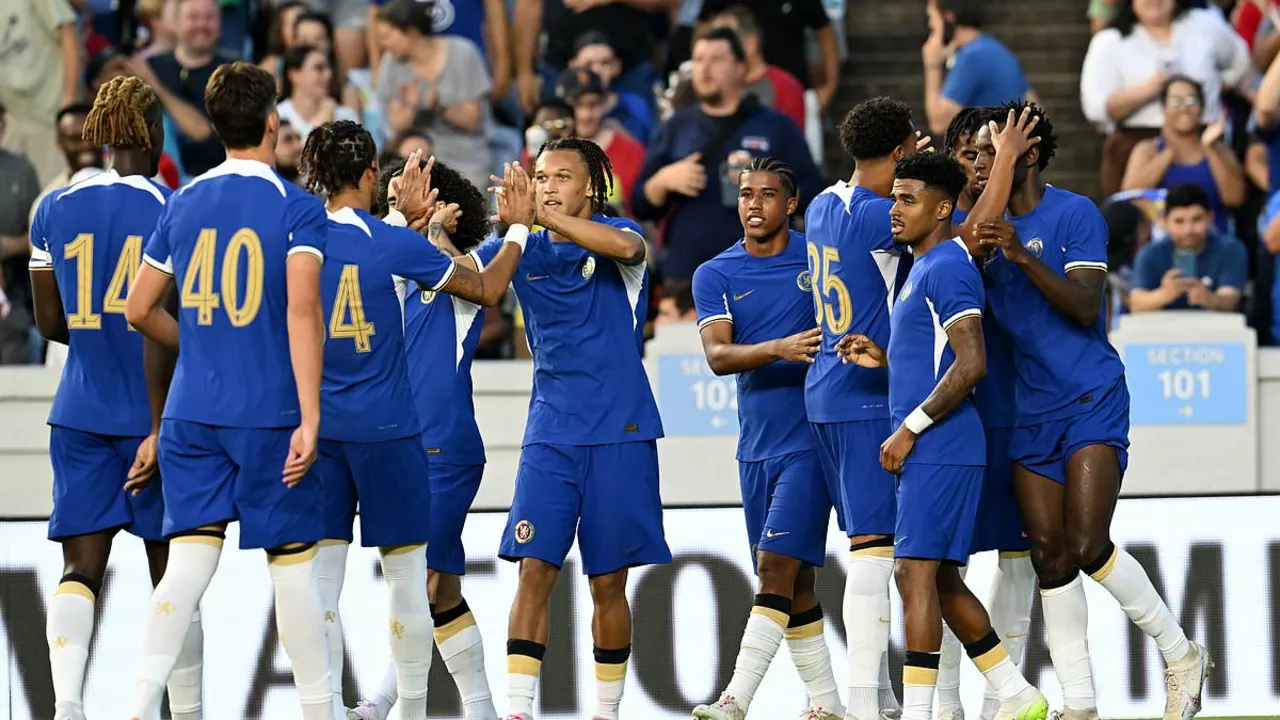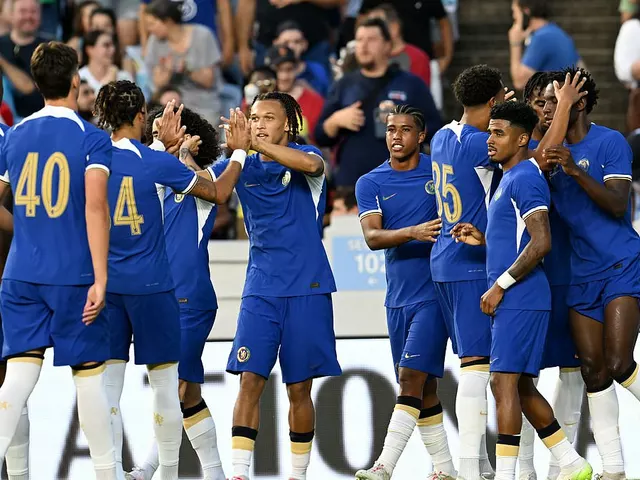
Winter Season in Soccer: How It Affects the Game
Ever wonder why the winter months feel different on the pitch? Cold weather, snow, and a mid‑season break can all shake up a league. For fans, it means new storylines, fresh transfer buzz, and sometimes a whole different style of play. Let’s break down what the winter season really does to soccer.
Winter Breaks and Scheduling
Most European leagues pause for a couple of weeks in December or January. The break gives players a chance to recover from a busy schedule and lets clubs reset tactics. It also gives fans a breather from the nonstop match calendar. When the games resume, teams often come back with either a burst of energy or a sluggish start, depending on how they used the downtime.
Smaller leagues might skip the break entirely, but they still feel the chill. Snow‑covered pitches can slow down ball speed, and a cold ball is harder to control. Coaches usually adapt by playing more direct passes and focusing on set pieces, which become easier to defend in slick conditions.
Winter Transfers: The Mid‑Season Market
The January transfer window is the biggest headline maker of the winter season. Clubs rush to fix weak spots, replace injured players, or add firepower for a title push. For fans, it’s a chance to see new faces wear their favorite jersey before the season ends.
Because money is tighter in January, deals often involve loan moves or free agents rather than big‑ticket purchases. These cheaper options can still make a huge impact—think of a striker on loan who scores the goals that clinch a championship.
Winter transfers also affect team chemistry. A new player arriving mid‑season has to adapt quickly to the coach’s system and build relationships with teammates. When it works, you see a sudden spike in performance; when it doesn’t, the team can look disjointed.
Besides the big headlines, winter also brings practical concerns. Stadiums need extra heating, and fans must bundle up to stay comfortable. Some clubs even switch to a lighter kit to avoid extra weight from snow on the fabric.
All these factors make the winter season a unique part of the soccer calendar. Whether you’re cheering from the stands or watching at home, the cold brings its own drama—breaks, transfers, and weather‑forced tactics all add to the excitement.
So the next time you hear a commentator say, “Winter is the wild card,” you’ll know exactly why. It’s not just the temperature; it’s the whole mix of breaks, moves, and match‑day conditions that can turn a regular season into something unforgettable.
-
23 Jul





